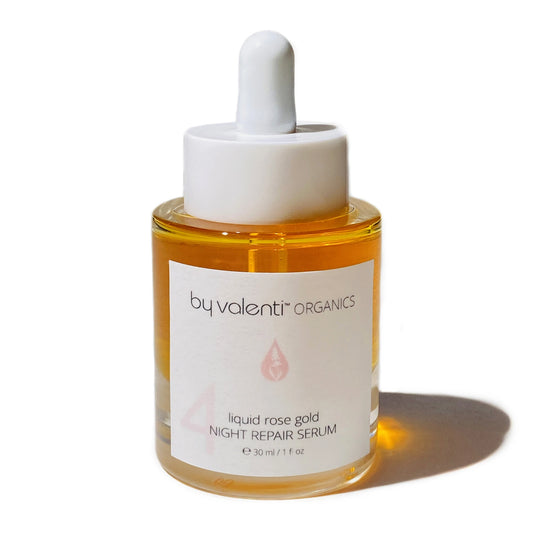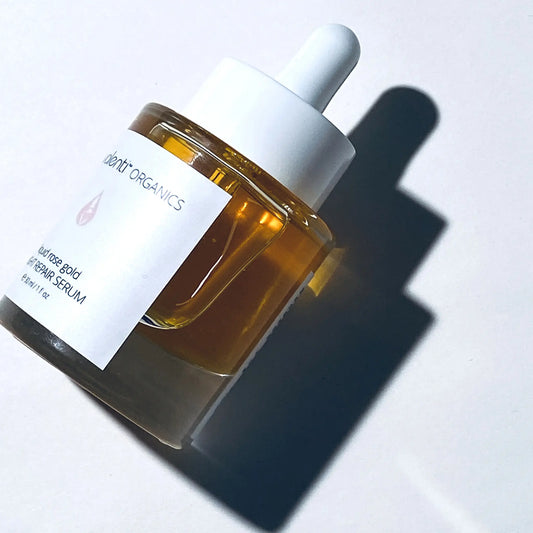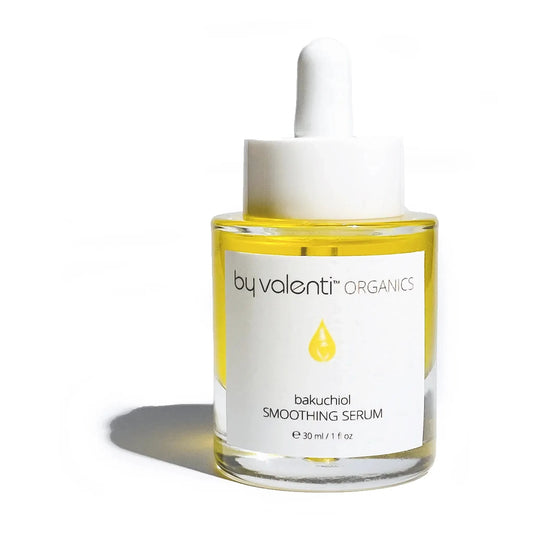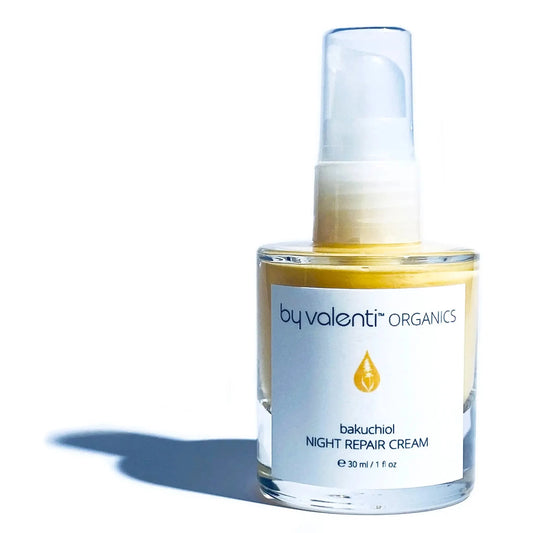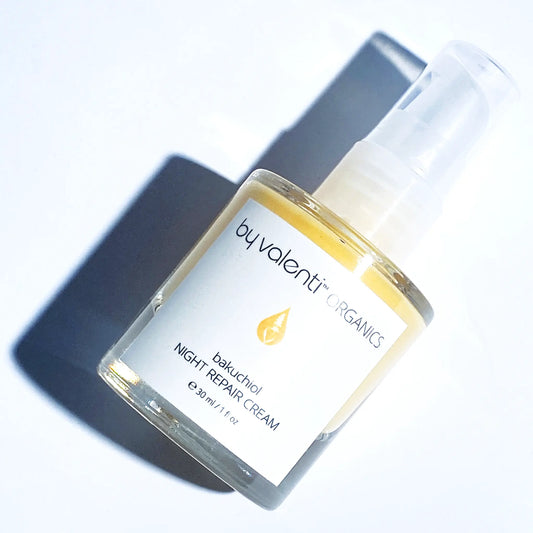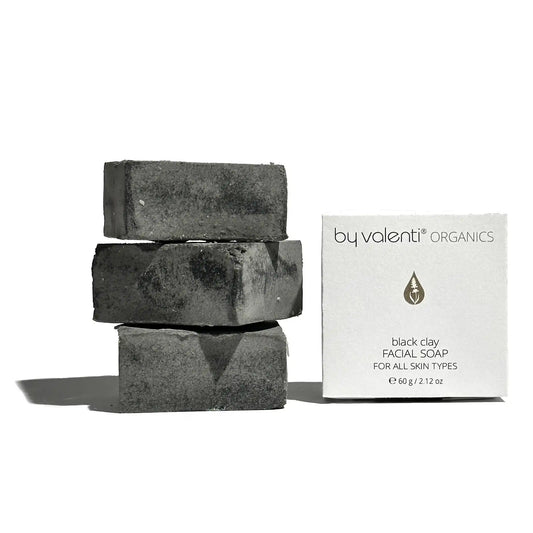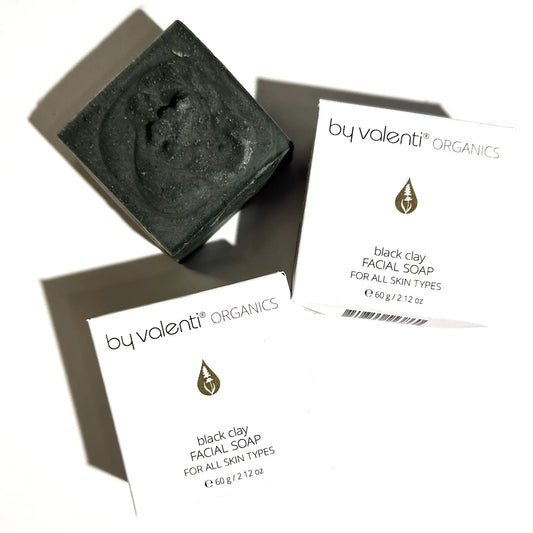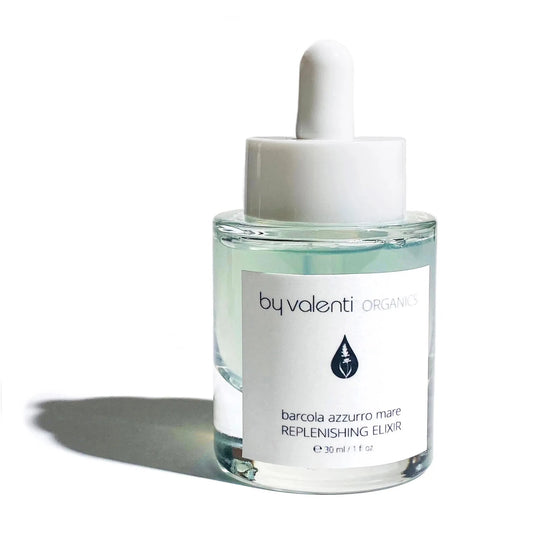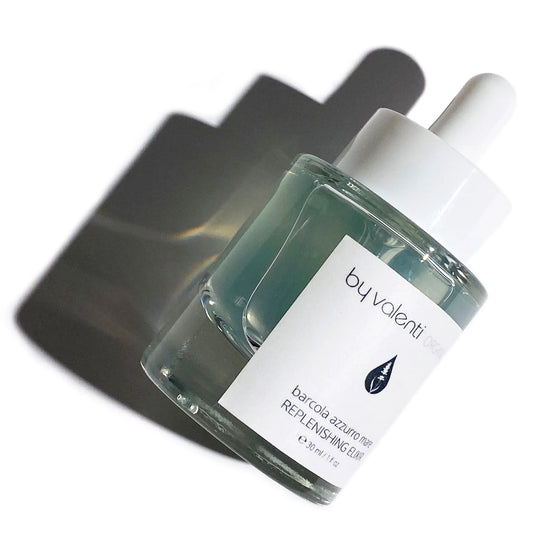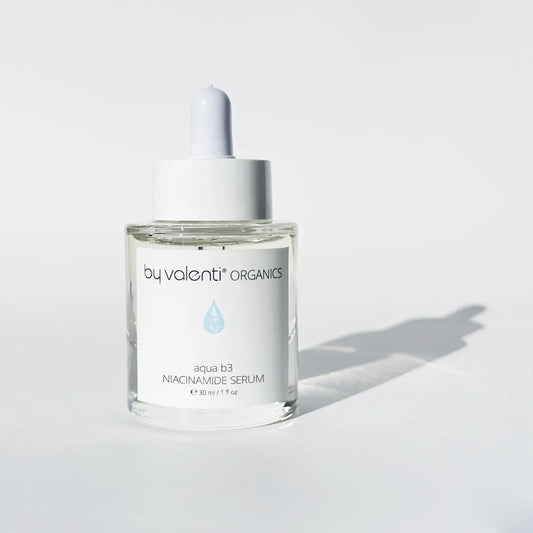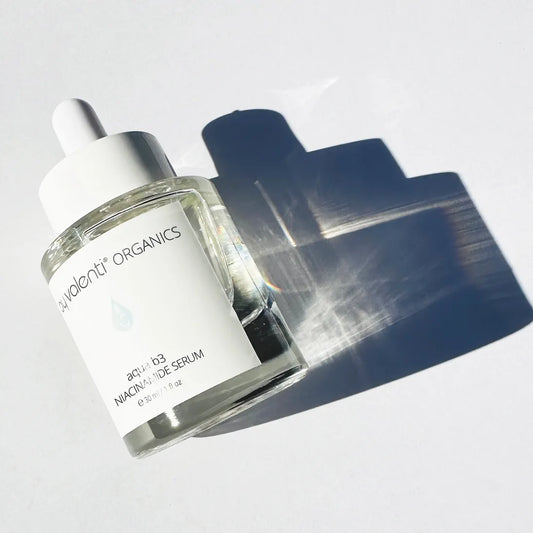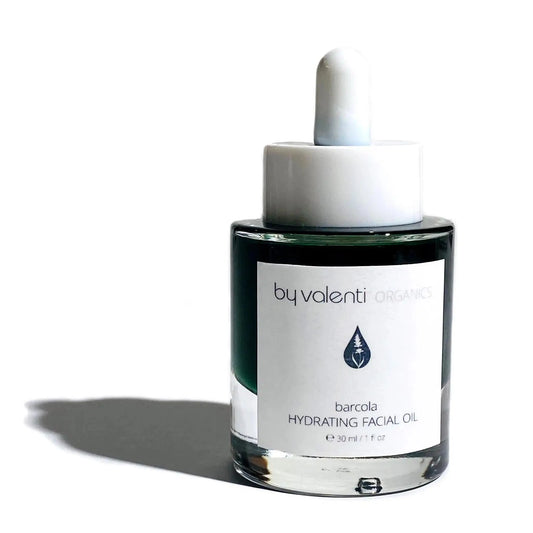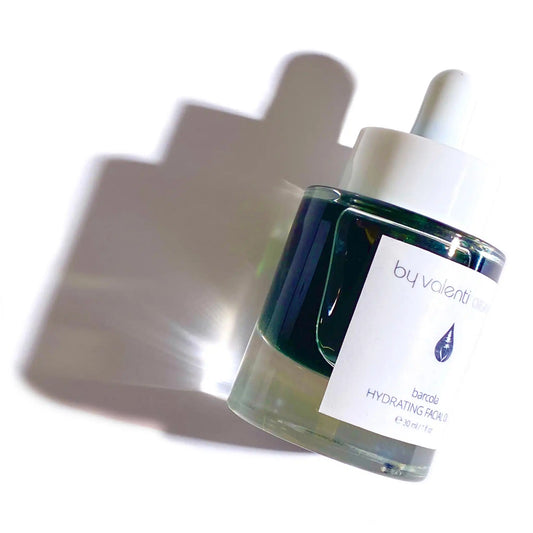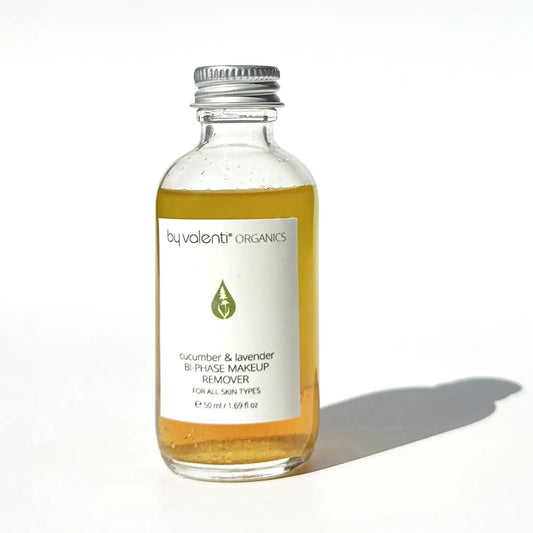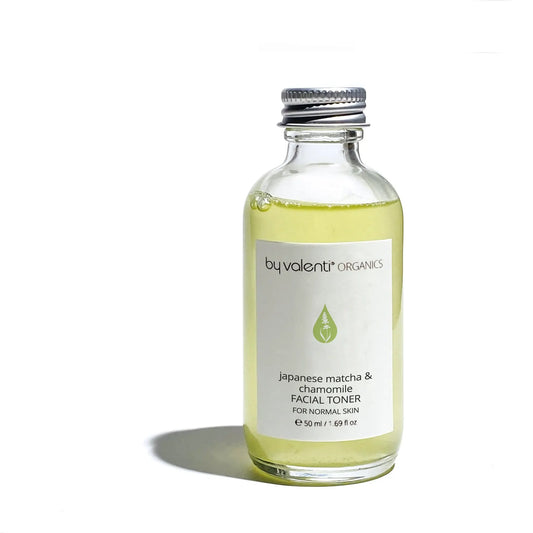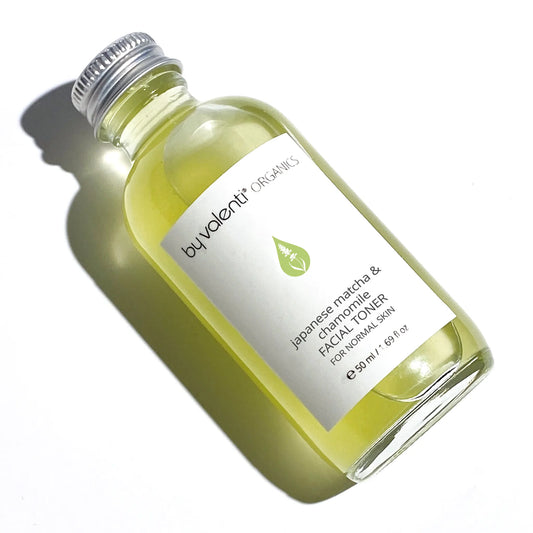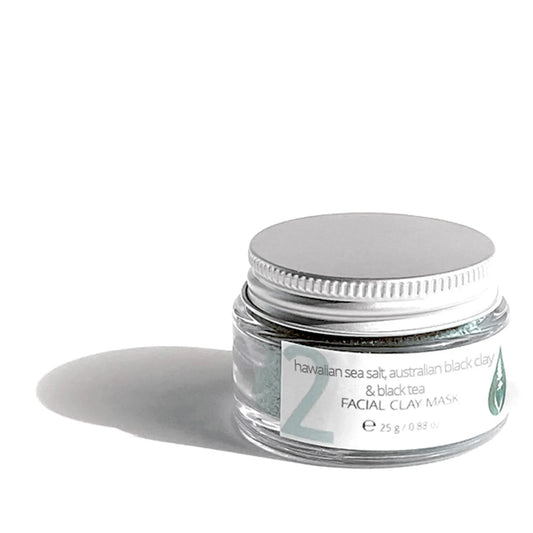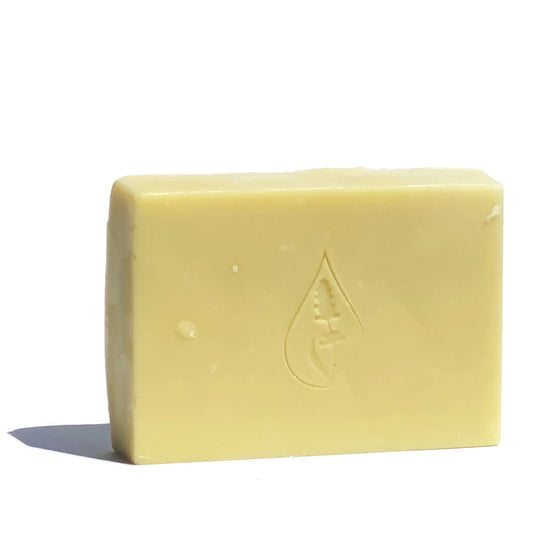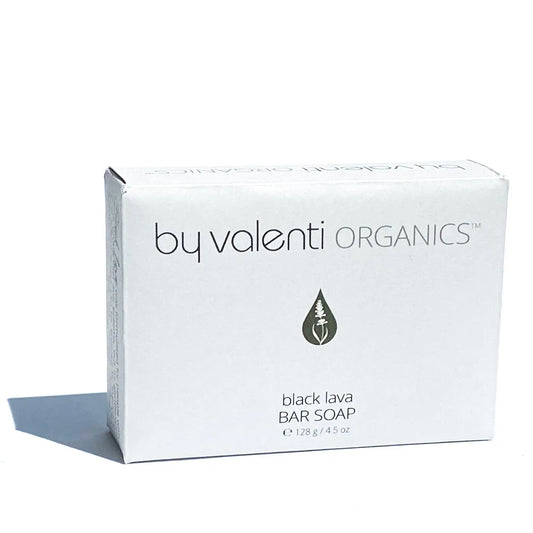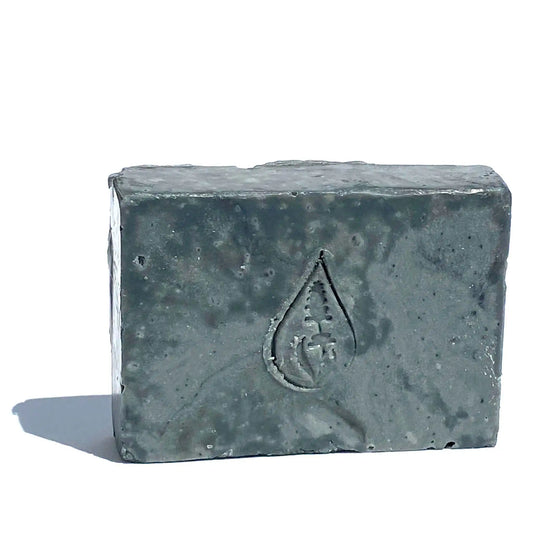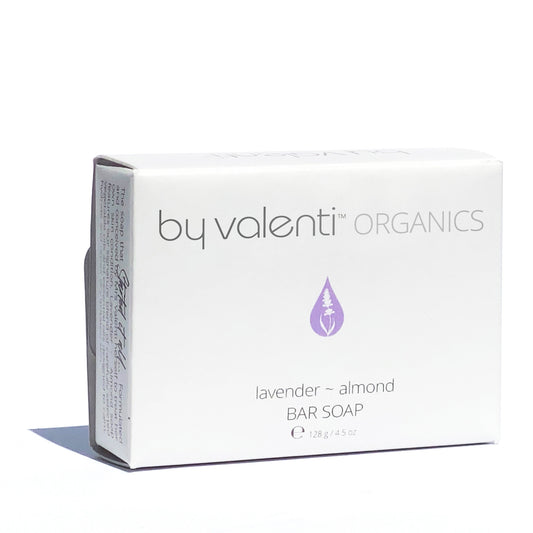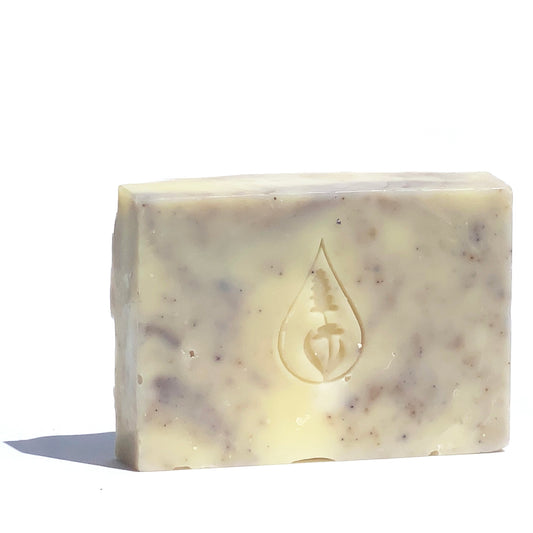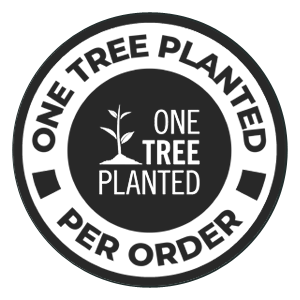Can soaps be 100% Organic or Organic?
Manuela ValentiShare
UPDATED 05/09/2022
Organic is a word controlled and governed by the USDA National Organic Program (NOP), the government organization that sets the standards for Certified Organic production in the US, - and the same organization some of our products are were Certified Organic under by one of their certifying agents. (Click here to read the announcement when we achieved Organic status).
As much as many of us don't like the "control" there is on this little word by the government, the fact of the matter is, it exists, and as manufacturers we must abide by the law.
The use of the word Organic in products that have not yet achieved certification isn't permitted at all in the front label of any product, but can be used in the ingredients list when indeed the ingredients are certified organic. Those that have used the word Organic or 100% Organic in the front label of their products without achieving certification have faced warning letters and really steep fines. However there are some exceptions according to USDA NOP which many ignore "Operations whose gross agricultural income from organic sales is less than $5,000 (per year) do not need to be certified in order to sell, label, or represent their products as organic. These operations also do not need to prepare an organic systems plan. However, they must still comply with all other USDA organic regulations. Exempt operations may use the word “organic,” but may not use the USDA organic seal on their products. Retail food establishments that sell organically produced agricultural products do not need to be certified."
The USDA NOP Organic Standards are very specific when it comes to classifying a food or a product as Organic. The process to achieve certification, as you might guess, is as annoying, bureaucratic and cumbersome as they come.
According to USDA NOP regulations, a product can be:
1) "100% Organic" if and only if 100% of its ingredients are certified organic.
2) "Organic" (without the mention of percentage) if and only if at least 95% of its ingredients are certified organic and the remaining 5% are from the USDA NOP Authorized List of Ingredients, - which is where some of our products are were categorized in.
3) "Made with Organic Ingredients" if and only if at least 70% of its ingredients are certified organic and the remaining 30% are from the USDA NOP Authorized List of Ingredients. This is where ALL SOAPS solid or liquid are classified as.
A simple equation is used to calculate the percentage of certified organic ingredients versus non-organic ingredients. Water and salt aren't counted at all as per USDA's guidelines. Those are the only two ingredients not counted at all in calculating organic percentages for the standards. Solving the equation will give a manufacturer of any product the right amount in percentage form of organic ingredients which determines the label the product will be classified with, whether this is 100% Organic, Organic (95%+) or Made with Organic Ingredients (70% +). (1)
In the particular case of soaps, both liquids and bars, these are manufactured with lye (sodium hydroxide for solid bars and potassium hydroxide for liquid soaps). To make soap at least 10% of lye is required to be used in the total formulation to completely saponify all the oils and butters leaving at least no residual unreacted lye. If we apply the equation provided by the USDA NOP, and because we must count lye as one non-organic yet accepted ingredient, the count of organic ingredients goes down to 90%, never more than that, but most of the time much less than that. So even if all the rest of the ingredients in a particular formula for soap are certified organic, the actual final product won't ever have the minimum required percentage (95%) of organic ingredients to qualify it as Organic, by USDA NOP regulations.
Yet some brands are claiming their soaps as Certified Organic, even claiming their soaps contain 97.7% of organic ingredients. If you see your favorite company making such claims, question everything else, because this cannot be true.
I'm a visual & mathematical person, and you probably like me, can better understand by seeing than reading, so let's look at a very basic formula for Coconut soap.
To make this soap we need only 3 basic ingredients: water, lye and certified organic coconut oil. So inputting the data into one of the most popular online soap calculators, SoapCalc, we get the proportions we need for every ingredient to make this very basic — great for clothes, not so good for the skin — soap.
The calculator has some standard data already in it for the amateur soap maker to be able to formulate a semi descent soap. It considers a 5% lye discount, which basically means it discounts 5% of the total lye required to saponify all the oils, as to leave a small percentage of free-floating oils in the formula in case measurements weren't too accurate as it happens with the imperial system (lb and oz) over the metric system (kg, g and mg), and to render a soap extra moisturizing. So for 1 lb of oil we get the following proportions for the ingredients we need (see below).

On this basic soap formula we can see to saponify 1 lb (453.59 g) of organic coconut oil it's required 2.79 oz (78.96 g) of lye. The lye already contains a 5% discount and this is important for the next example below. The calculator tells us we also need 6.08 oz (172.36 g) of water. The total weight of the soap would be 1.554 lb or 24.87 oz or 704.92 g.
The USDA formula to calculate the organic % in a product is (2):
Organic Percentage = A/B*100
A = Total Net Weight of All Certified Organic Ingredient (in grams) excluding salt & water
B = Total Net Weight of Product (in grams) excluding salt & water
The percentage obtained must be rounded down to the nearest whole number, according to USDA guidelines.
Applying the formula with the proportions from the soap calculator on figure 1 we get:
(453.59/532.56) x 100 = 85.17% rounded down 85%
Even though in this example certified organic coconut oil is the main and only certified organic ingredient for the soap, the calculation didn't even reach the mark of 95% to qualify for Organic. This soap formula would get certified at most as Made with Organic Ingredients by the USDA NOP.
But let's play with the calculator and bump up the lye discount to 25%, which could result in a incredibly soft soap that would spoil or go rancid very quickly, to see where are these brands getting their percentages from.
 (Figure 2 - Soap calculation with 100% organic coconut oil and 25% lye discount)
(Figure 2 - Soap calculation with 100% organic coconut oil and 25% lye discount)
Applying the formula with the proportions from figure 2 we get:
(453.59/515.94) x 100 = 87.91% rounded down 87%
Let's play a bit more and this time input a 0% lye discount to see what happens.
 (Figure 3 - Soap calculation with 100% organic coconut oil and 0% lye discount)
(Figure 3 - Soap calculation with 100% organic coconut oil and 0% lye discount)
Applying the formula with the proportions from figure 3 we get:
(453.59/536.72) x 100 = 84.51% rounded down 84%
Let's do one more calculation this time assuming we're formulating the soap with some organic liquid instead of water, like Organic Aloe Vera Juice (AVJ). AVJ is never 100% organic as it requires water and other ingredients in its manufacturing process rendering it at most at 99.68% Organic, but for the sake of this experiment, we're going to use it at 100% with a 25% lye discount as in Figure 2. We substitute the weight of the water (in grams) for the AVJ, which means instead of discounting the amount of water from A and B we will keep it as it's been replaced for an organic ingredient.
Applying the formula with the proportions from figure 2 we get:
(625.95/688.30) x 100 = 90.94% rounded down 90%
No matter what we do or what calculator we use (even our own proprietary calculator), how many variables we input, to try and get a higher percentage for organic count, the highest we were able to achieve for solid bars of soap was at or close to 90% reaching no more than the Made with Organic Ingredients mark according to USDA NOP regulations.
What about liquid soaps?
Liquid soaps have other requirements and variables when it comes to their manufacturing process. Water for the most part cannot be substituted in its entirety as it can happen with solid bars. Also depending on the oils added to the formulation the proportions for water vary greatly.
Assuming all the ingredients in the formula are certified organic at 100% (with the exception of water and the required potassium hydroxide) even substituting some of the water for a 100% organic liquid ingredient like Aloe Vera Juice, the percentage of organic ingredients never reaches the 95% mark to qualify for the Organic certification.
Many soap makers and cosmetic companies have sent their proposals over the USDA NOP, with various - nonetheless valid - arguments to change the equation to calculate the percentage of organic ingredients specifically for soaps, so these products can qualify for the Organic and 100% Organic certifications. The argument is, the percentage of lye required to saponify all the oils and butters to transform them into soap is converted to glycerin, leaving no active lye behind (assuming the soap maker is experienced). We at By Valenti Organics agree with this, unfortunately no decision has yet being made on this matter.
Because we must abide by the rules, and even if soaps are being certified by any of the authorized certifying agents for the USDA NOP, due to current regulations, soaps cannot ever be classified as 100% Organic, or Organic but as Made with Organic Ingredients at best.
How do we know? By Valenti was Certified Organic. Click Here.
Any brand or cosmetic manufacturer claiming their soaps contain 95% of organic ingredients or more, is just blatantly misleading consumers.
Consumers should know how we manufacture the products they use, not only that they smell good, feel good, or diminish the signs of aging or breakouts or help with their dermatitis. We consumers have the right to know and as manufacturers we should provide truthful information, not gimmicks and fake facts with the only scope to sell more products.
Truth in labeling must be a priority for any cosmetics brand, big or small.




